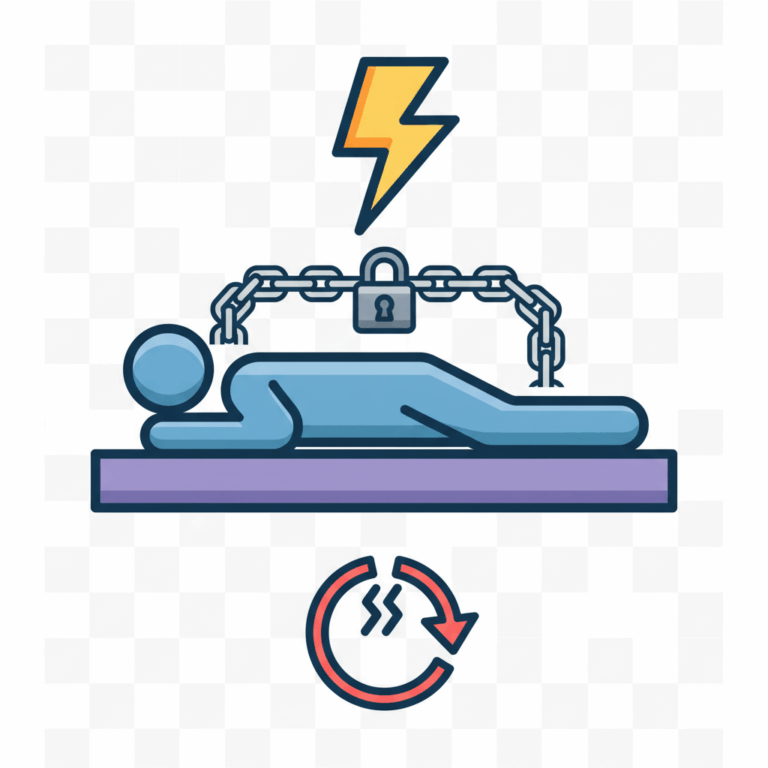“Last month our pricing decision took 47 days. We discussed it in six different meetings. Twice, someone was supposed to follow up by email and just… didn’t. By the time we finally approved it, two competitors had already changed their pricing. I tracked back through our other Q4 decisions; average time from identification to action was 31 days. Our fastest competitor reorganized their entire sales team in 22 days…”
You probably track operational metrics obsessively. But I bet you don’t track how long decisions actually take. Neither did I.
Pick five decisions that directly impact your P&L. Not everything; just the ones that matter. Project budgets. Headcount moves. Pricing changes. Vendor selections. Strategy changes. For each one, define when the clock starts (first email? someone raises it in a meeting? formal request submitted?) and when it stops (money moves? email sent? org chart updated?).
Track these for one month. Just timestamps in a spreadsheet. No fancy tools.
What you’ll find will piss you off. That “quick approval” that took three weeks. The budget reallocation that sat in someone’s inbox for 10 days. The strategy change everyone agreed to in January that still hasn’t happened.
Share the data with your leadership team. Not as blame, but as diagnosis. “Our average project approval takes 28 days. 20 of those days are waiting for the monthly review meeting. Should we meet more often or let people approve smaller amounts without the meeting?”
The patterns become obvious fast. Maybe every decision that needs IT takes two extra weeks. Maybe your CFO is the bottleneck on everything financial but didn’t realize it. Maybe you have three different meetings reviewing the same decisions because nobody trusts the first two.
Run a quarterly workshop to fix the worst bottlenecks. Bring the data, identify the top three delays, and solve them in the room. If IT approvals are killing you, set a 48-hour deadline or let people auto-approve anything under $100K. If the monthly meeting is the bottleneck, add a weekly 15-minute call for urgent decisions.
Some specific fixes that work:
- Give each exec a quarterly budget: $500K to approve instantly for anything under $50K
- Use a one-page template: Clear recommendation at the top; if it doesn’t fit, it’s not ready for a decision
- Set expiration dates: Any decision not made in 14 days automatically comes to you
Don’t create a surveillance state. You’re not tracking individual performance; you’re fixing system problems. When the data shows monthly meetings are killing speed, you can finally make the case to meet every two weeks. When it shows every cross-functional decision stalls, you can justify appointing one person who owns the decision.
A warning: your first month of data will be incomplete and probably wrong. People forget to timestamp. They argue about when decisions “really” started. That’s fine. Even bad data will show you where the problems are.
Your competitors are making faster decisions with less information. But you can’t improve what you don’t measure, and right now, you’re not measuring the one thing that determines whether your plans actually happen.
Start simple. Five decisions, one month, timestamps in a spreadsheet. The conversation about what you find will change how your organization operates.
Three months from now, that pricing decision takes 12 days instead of 47. Not because people work harder, but because you removed the friction. The monthly meeting that reviews everything now only sees decisions over $250K. The IT approval that took two weeks now happens in two days with a simple form. The email black hole where decisions went to die now has a 48-hour response requirement.
The Tuesday Test: Pull up any major decision from last week. Can you tell me how long it took and where it got stuck? If not, you’re operating on hope instead of data.
Schedule time next week to identify your five decisions and set up the tracking. That’s it. One hour of setup to finally see why everything takes so damn long.



